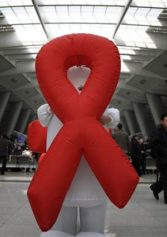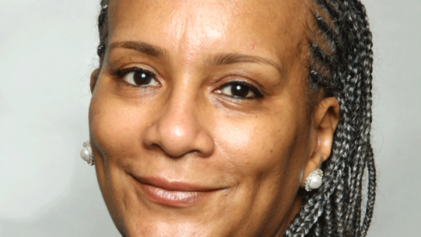Monday, Dec. 1, will be World AIDS Day, an annual day designated to commemorate the lives of people living with or who have died from the incurable disease.
Blacks in particular should be aware of the impact this disease has had on the Black community.
“Black Americans have been disproportionately affected by HIV/AIDS since the epidemic’s beginning, and that disparity has deepened over time,” according to a fact sheet by the Henry J. Kaiser Family Foundation. “Blacks account for more new HIV infections, people estimated to be living with HIV disease, and HIV-related deaths than any other racial/ethnic group in the U.S.”
The Kaiser Foundation reports that of the more than 1.1 million people living with HIV/AIDS in the U.S., more than 506,000 are Black. Despite representing just 12 percent of the U.S. population, Blacks account for 44 percent of new infections. Black also accounted for 49 percent of new AIDS diagnoses in 2011.
The CDC and the Kaiser Foundation facts show how Black adults and adolescents, men and women, struggle with HIV/AIDS.
The rate of new infections per 100,000 among Black adults/adolescents (68.9) was nearly eight times that of whites (8.7).
The rate for Black men per 100,000 was the highest of any group. Black women (38.1) ranked third overall and was the highest among women.
Black teens made up nearly 70 percent of HIV diagnoses between the ages of 13- to 19-years-old.
The number of Blacks living with an HIV diagnosis increased seven percent between 2008 and 2010.
Blacks accounted for 48 percent of deaths among people with an HIV diagnosis in 2010.
Black women account for the largest share of new HIV infections among women.
In 2010, HIV was the fifth leading cause of death for Black men and seventh for Black women between the ages of 25 and 44-years-old.
The majority of Blacks diagnosed with HIV are in 10 states: New York, Florida, Texas, Georgia and Maryland were the top 10 states for people living with an HIV diagnosis in 2010.
“Regionally, the South accounts for the majority of Blacks newly diagnosed with HIV (61 percent in 2011) and Blacks living with an HIV diagnosis at the end of 2010 (55 percent),” according to the Kaiser fact sheet.
One of the major prevention challenges for HIV/AIDS among African-Americans is lack of awareness. Nearly 85,000 Blacks were unaware of their HIV status in 2010, according to the CDC. Lack of awareness leads to late diagnoses, which could put more people at risk.


